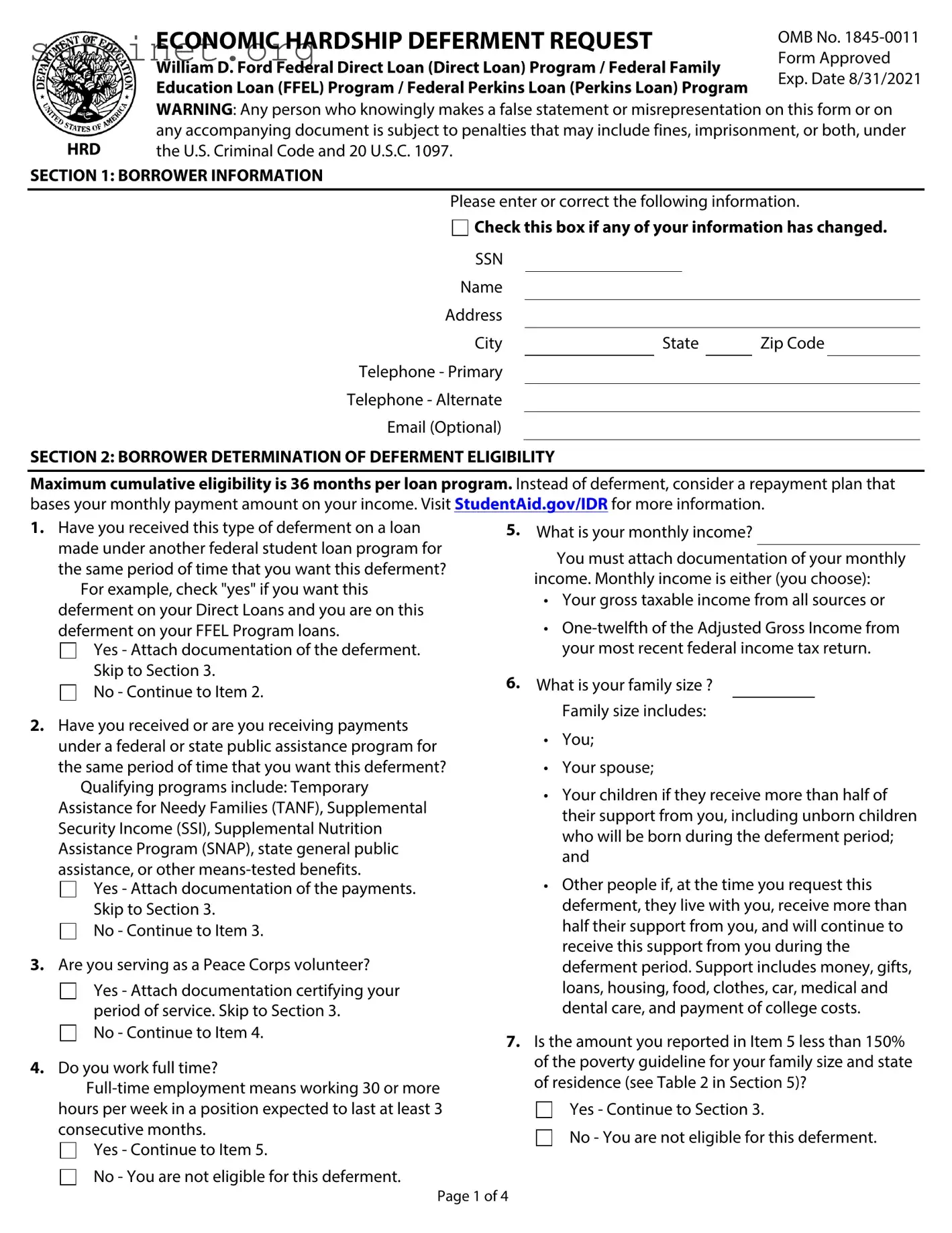|
Privacy Act Notice. The Privacy Act of 1974 (5 U.S.C. 552a) |
To assist program administrators with tracking refunds |
|
requires that the following notice be provided to you: |
and cancellations, disclosures may be made to guaranty |
|
The authorities for collecting the requested information |
agencies, to financial and educational institutions, or to |
|
federal or state agencies. To provide a standardized method |
|
from and about you are §421 et seq., §451 et seq., or §461 et |
|
for educational institutions to efficiently submit student |
|
seq. of the Higher Education Act of 1965, as amended (20 |
|
enrollment statuses, disclosures may be made to guaranty |
|
U.S.C. 1071 et seq., 20 U.S.C. 1087a et seq., or 20 U.S.C. 1087aa |
|
agencies or to financial and educational institutions. To |
|
et seq.) and the authorities for collecting and using your Social |
|
counsel you in repayment efforts, disclosures may be made |
|
Security Number (SSN) are §§428B(f) and 484(a)(4) of the HEA |
|
to guaranty agencies, to financial and educational |
|
(20 U.S.C. 1078-2(f) and 1091(a)(4)) and 31 U.S.C. 7701(b). |
|
institutions, or to federal, state, or local agencies. |
|
Participating in the William D. Ford Federal Direct Loan (Direct |
|
|
|
Loan) Program, Federal Family Education Loan (FFEL) |
In the event of litigation, we may send records to the |
|
Program, or Federal Perkins Loan (Perkins Loan) Program and |
Department of Justice, a court, adjudicative body, counsel, |
|
giving us your SSN are voluntary, but you must provide the |
party, or witness if the disclosure is relevant and necessary |
|
requested information, including your SSN, to participate. |
to the litigation. If this information, either alone or with |
|
The principal purposes for collecting the information on |
other information, indicates a potential violation of law, we |
|
may send it to the appropriate authority for action. We may |
|
this form, including your SSN, are to verify your identity, to |
|
send information to members of Congress if you ask them |
|
determine your eligibility to receive a loan or a benefit on a |
|
to help you with federal student aid questions. In |
|
loan (such as a deferment, forbearance, discharge, or |
|
circumstances involving employment complaints, |
|
forgiveness) under the Direct Loan, FFEL, or Federal Perkins |
|
grievances, or disciplinary actions, we may disclose relevant |
|
Loan Programs, to permit the servicing of your loans, and, if it |
|
records to adjudicate or investigate the issues. If provided |
|
becomes necessary, to locate you and to collect and report on |
|
for by a collective bargaining agreement, we may disclose |
|
your loans if your loans become delinquent or default. We also |
|
records to a labor organization recognized under 5 U.S.C. |
|
use your SSN as an account identifier and to permit you to |
|
Chapter 71. Disclosures may be made to our contractors for |
|
access your account information electronically. |
|
the purpose of performing any programmatic function that |
|
The information in your file may be disclosed, on a case- |
|
requires disclosure of records. Before making any such |
|
by-case basis or under a computer matching program, to third |
|
disclosure, we will require the contractor to maintain Privacy |
|
parties as authorized under routine uses in the appropriate |
|
Act safeguards. Disclosures may also be made to qualified |
|
systems of records notices. The routine uses of this |
|
researchers under Privacy Act safeguards. |
|
information include, but are not limited to, its disclosure to |
|
Paperwork Reduction Notice. According to the |
|
federal, state, or local agencies, to private parties such as |
|
Paperwork Reduction Act of 1995, no persons are required |
|
relatives, present and former employers, business and |
|
to respond to a collection of information unless such |
|
personal associates, to consumer reporting agencies, to |
|
collection displays a valid OMB control number. The valid |
|
financial and educational institutions, and to guaranty |
|
OMB control number for this information collection is |
|
agencies in order to verify your identity, to determine your |
|
1845-0011. Public reporting burden for this collection of |
|
eligibility to receive a loan or a benefit on a loan, to permit the |
|
information is estimated to average 10 minutes per |
|
servicing or collection of your loans, to enforce the terms of |
|
response, including time for reviewing instructions, |
|
the loans, to investigate possible fraud and to verify |
|
searching existing data sources, gathering and maintaining |
|
compliance with federal student financial aid program |
|
the data needed, and completing and reviewing the |
|
regulations, or to locate you if you become delinquent in your |
|
collection of information. The obligation to respond to this |
|
loan payments or if you default. To provide default rate |
|
collection is required to obtain a benefit in accordance with |
|
calculations, disclosures may be made to guaranty agencies, |
|
34 CFR 674.34, 674.35, 674.36, 674.37, 682.210, or 685.204. |
|
to financial and educational institutions, or to state agencies. |
|
If you have comments or concerns regarding the |
|
To provide financial aid history information, disclosures may |
|
status of your individual submission of this form, please |
|
be made to educational institutions. |
|
contact your loan holder directly (see Section 6). |
|
|




